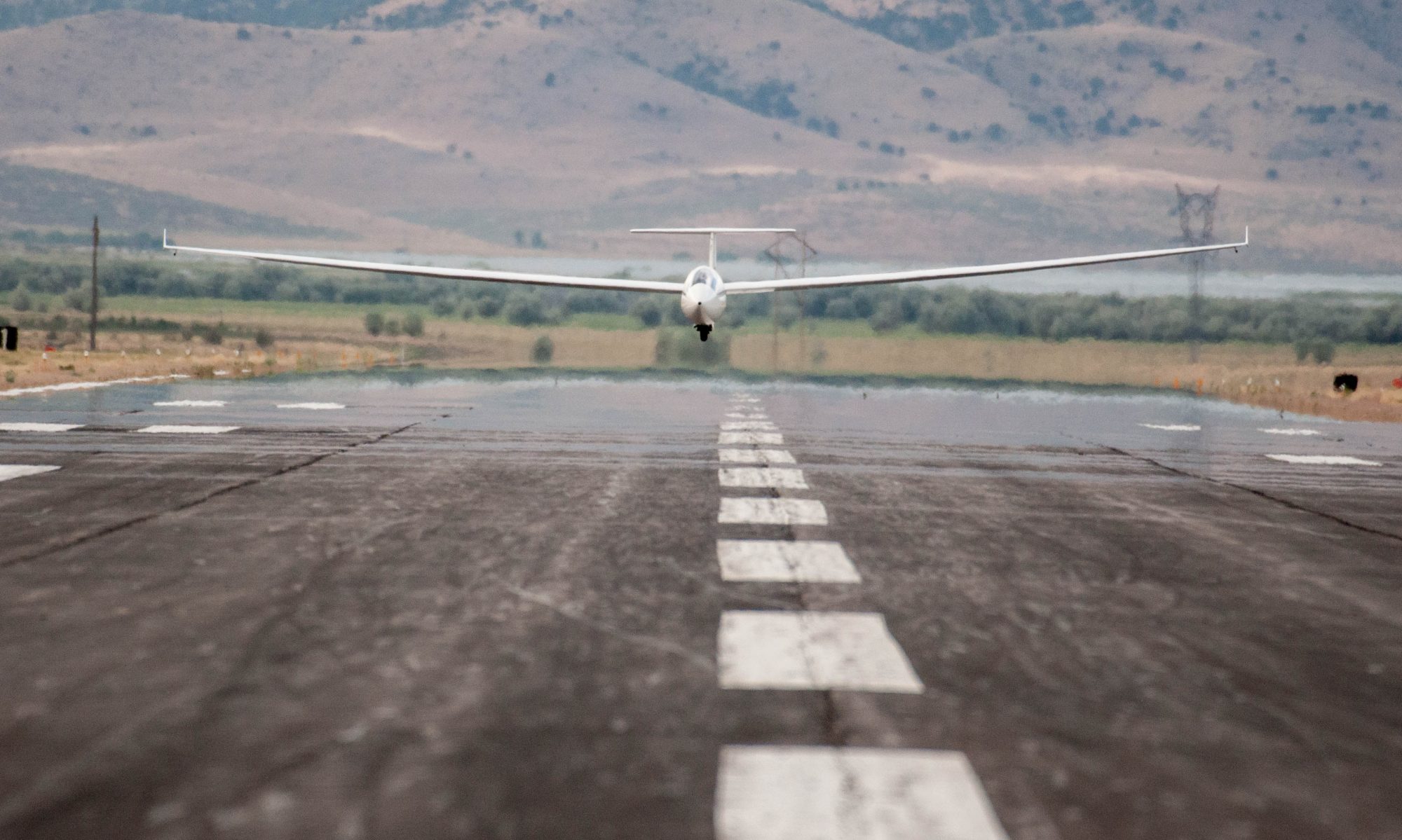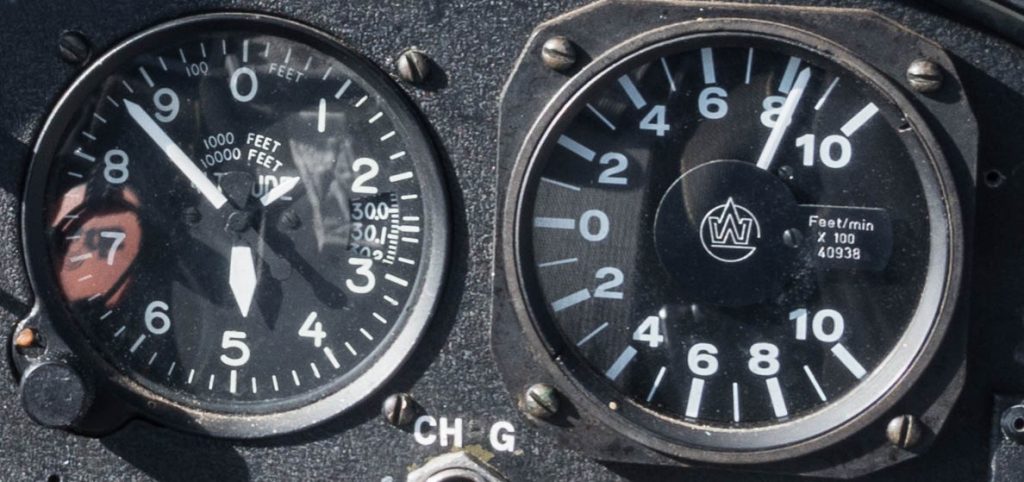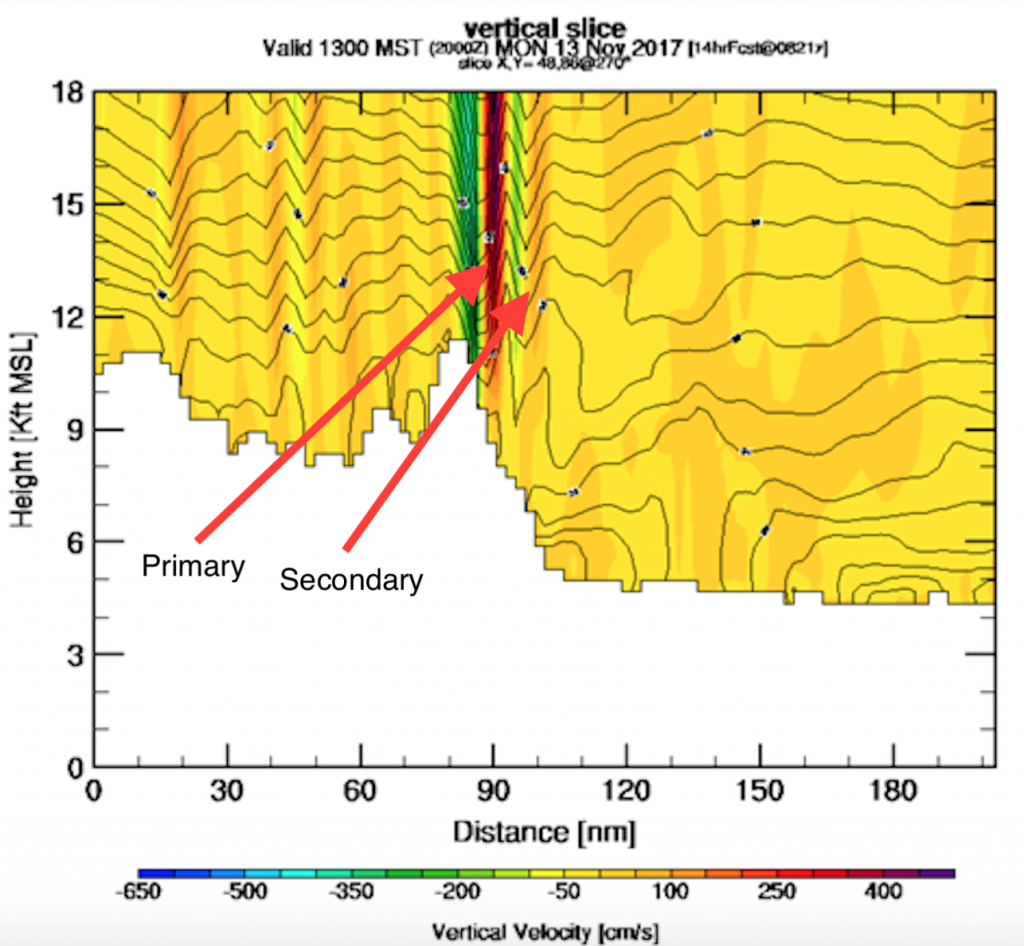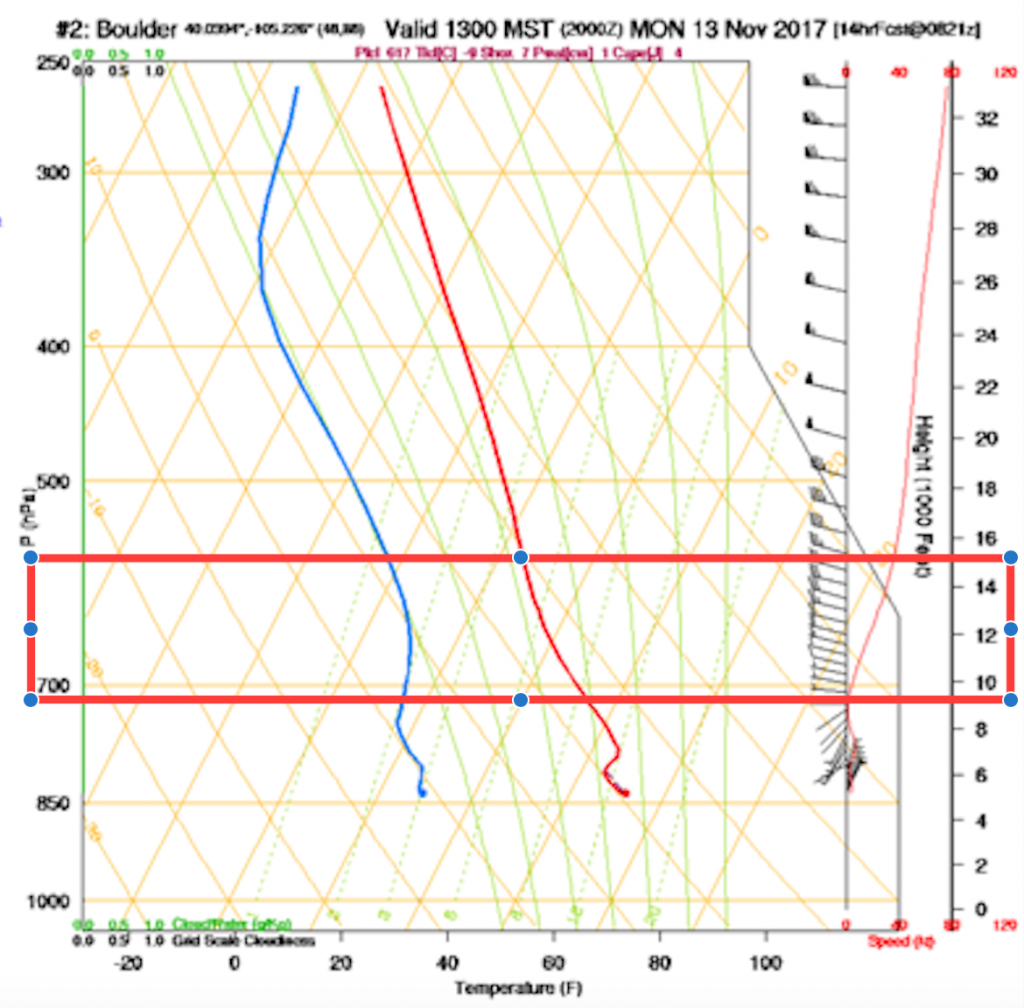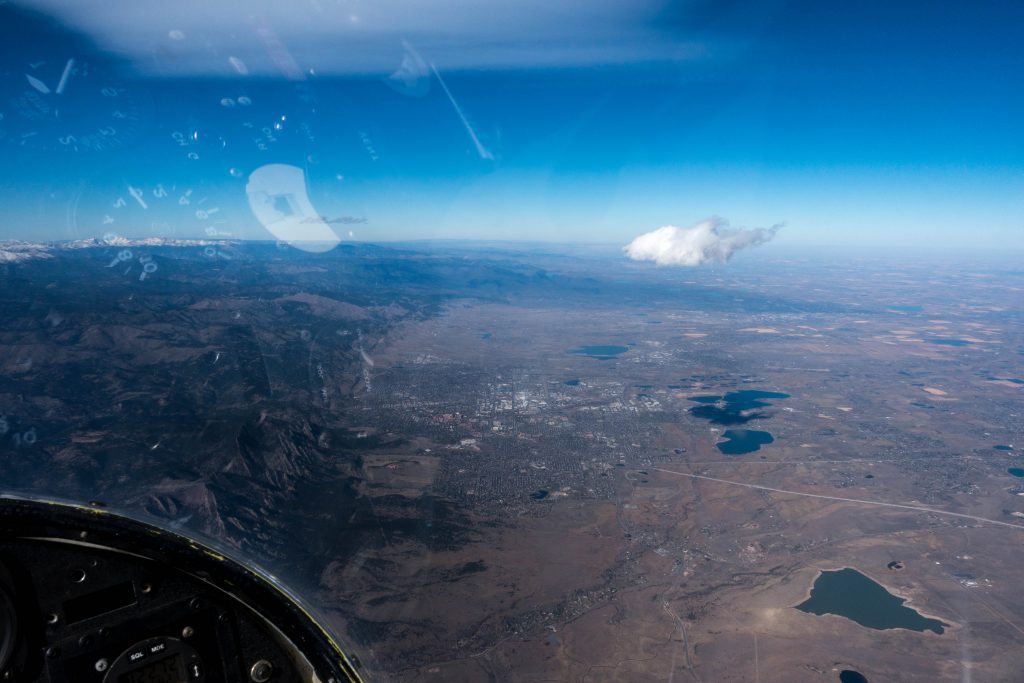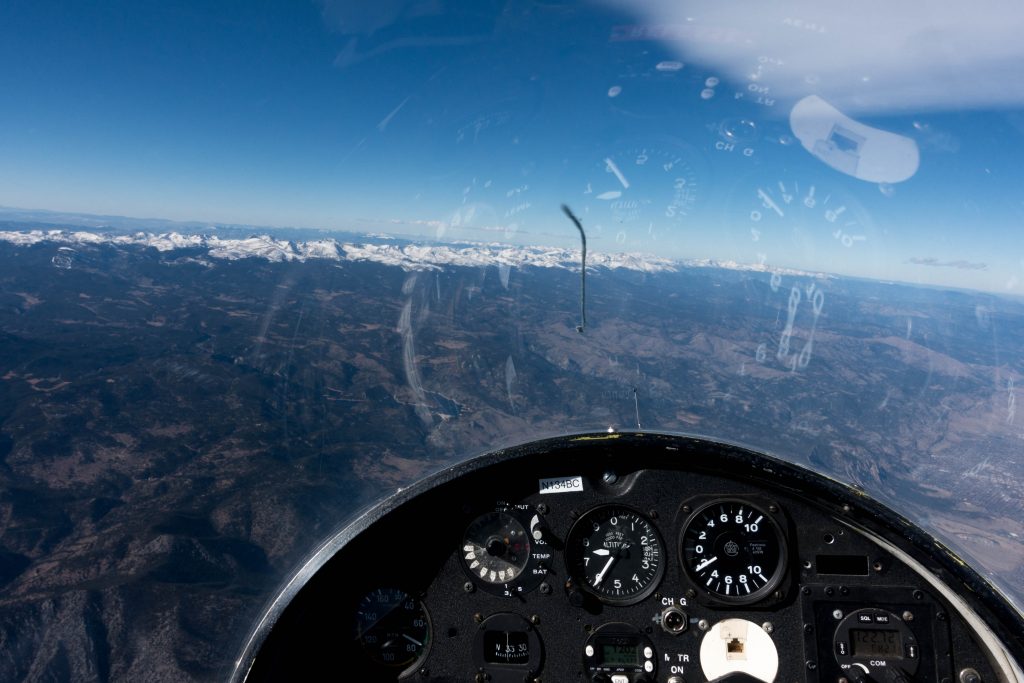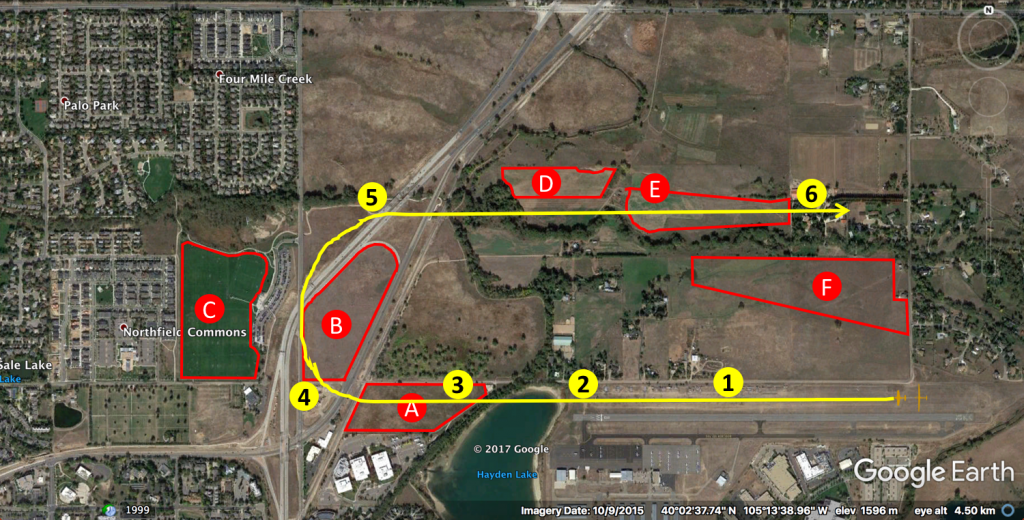Soaring is not exactly a contact sport. I always thought the only time you could get hurt is when making contact with the ground (or, very rarely, another object in the sky). Well, today I learned there is also another way.
But first things first: my last flight on Monday taught me not to trust the wave forecast but instead to rely on observing the sky. When I woke up this morning, this is what I saw: a whole sky full of wave.
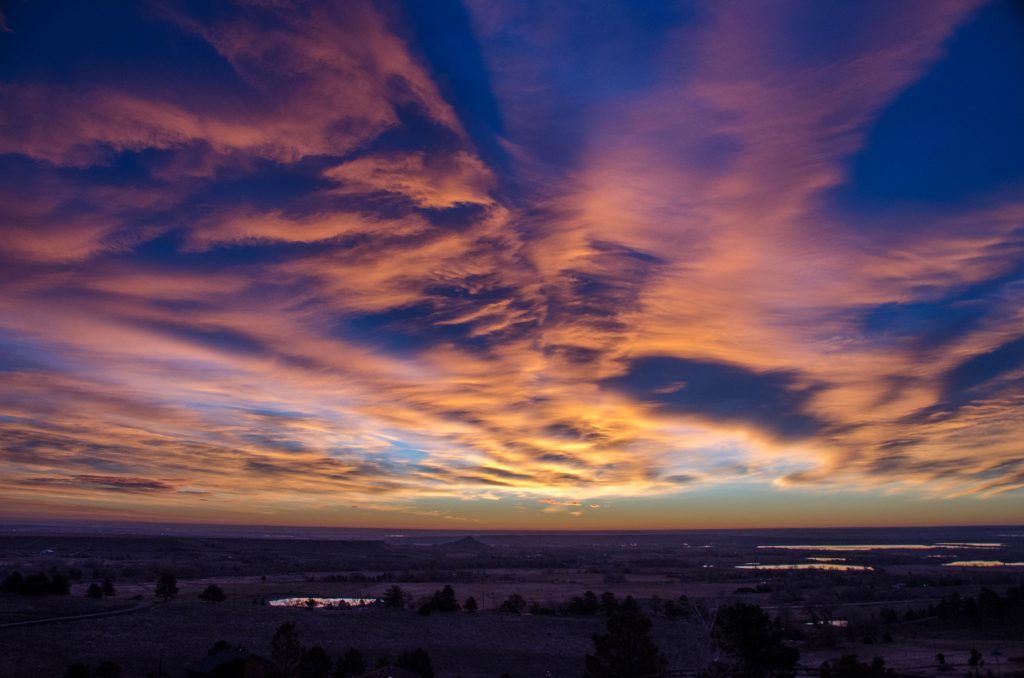
There was even this little, frazzled-looking, rotor cloud right above our house in the foothills:

This made it easy for me to ignore the National Weather Service, which, once again predicted “poor wave”, and “good thermal” conditions. A glance at the sky at 6:15am, and I already knew better than that. (Of course that’s not quite true: as always, I did look at a sounding, the winds aloft, the thermal projections from topmeteo.com and meteoblue.com, and the distance of the next front that was projected for Friday.)
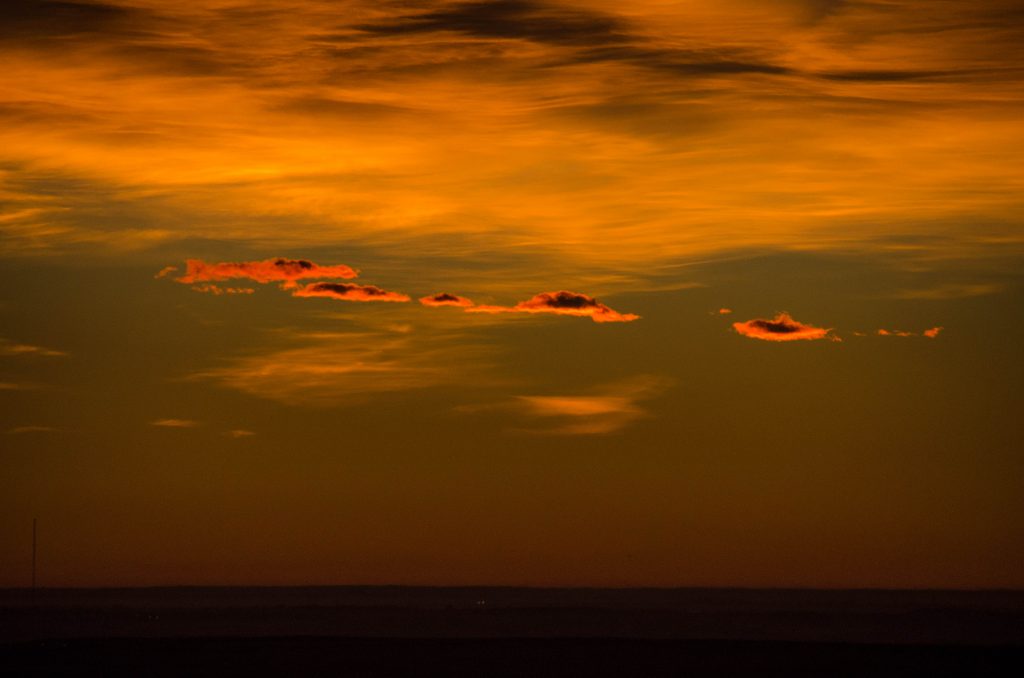
So off to the airport I went. And I wasn’t the only one. Other pilots had put their own reading of the sky ahead of the forecast as well.
Once again, I got the Tin Can ready. As I filled the oxygen tank I talked to the tow pilot who had just come back from his third tow of the day. He gave me a taste of what to expect: rotor turbulence “bordering on violent”. He said this with a big grin on his face, so apparently it was also going to be fun. He advised on where he suggested to tow, and explained that he would speed up to dive through an area of heavy sink. He would slow down before we would hit the heaviest turbulence. Or, rather, he said he would try: for neither of us could be sure that it would still be at the same place as before.
I climbed into the cockpit, secured all loose items, fastened the straps as tight as they would go, looked through the checklist again, and off we went. (You can see the flight track here.) Takeoff was relatively smooth although we didn’t climb much until the end of the runway. Then came the first bump. Suddenly it went up at 8-10kts but it was still surprisingly smooth. At about 1,000 feet above ground we entered the wind shear zone. The wind at the ground had been 5-8 kts from the northeast but now the wind shifted to the strong westerly flow above.
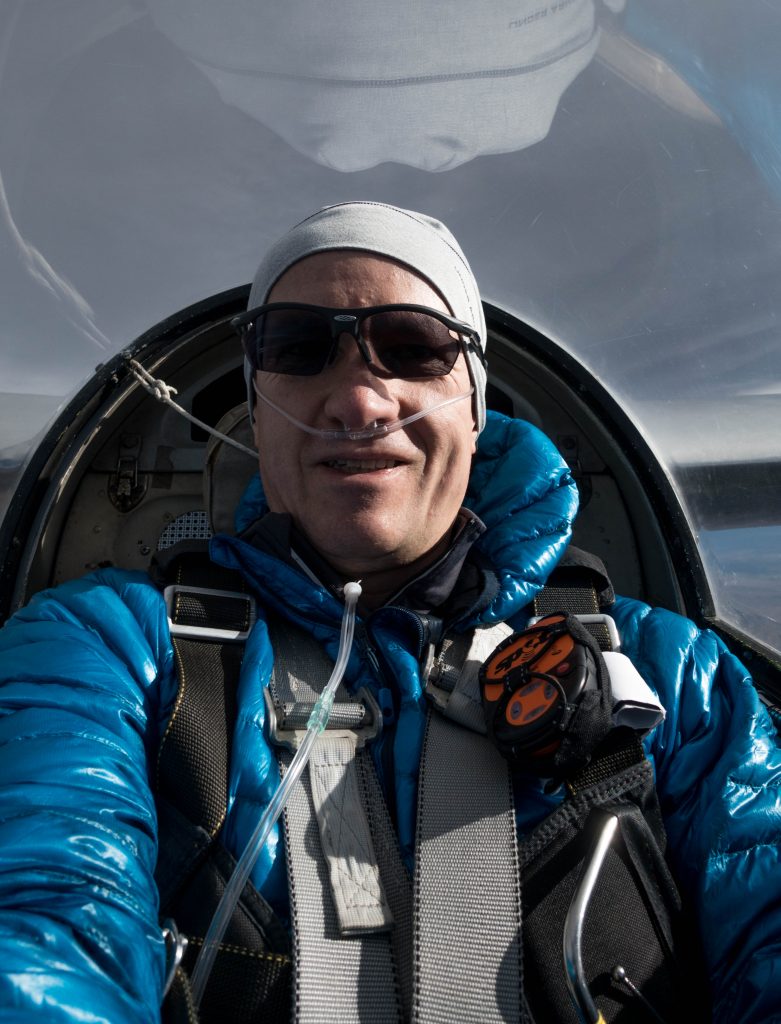
The towplane in front of me started to jolt around: sometimes it would drop all of a sudden, sometimes it would bank to one side or the other, sometimes it would rise straight up. Any of these erratic motions were also an indication as to what would happen to my glider about two seconds later, for that’s about how long it took for the glider to reach the air that the tow plane had just passed through. “Compared to the tow pilot I’m really lucky”, I thought, “Unlike him, I know exactly what to expect.”
The tow pilot turned west and dove through the sink just as per our briefing. I followed right behind, mentally preparing for the heaviest jolts that were yet to come when we would hit the next rotor. Glancing back at the airport I felt reassured by our altitude: if the tow-rope would snap or if I was forced to release, I felt certain that I could make it back on my own. Just after I had finished that thought, my glider was tossed down in a sudden down-draft. The tight straps kept me in my seat but my legs were out of control: inertia wanted them to be 20 feet higher but they only had a few inches to move up until they hit the instrument panel. Bang! Then, a split second later, I was firmly pushed down into my seat as the plane was lifted up again and my feet regained contact with the rudder pedals.
This up and down, left and right, had lasted for maybe 20-30 seconds when the vario indicated strong lift. Just as I moved my hands towards the release knob, the tow pilot came on the radio to say that this is where the other pilots had released as well. A quick pull and off I was.
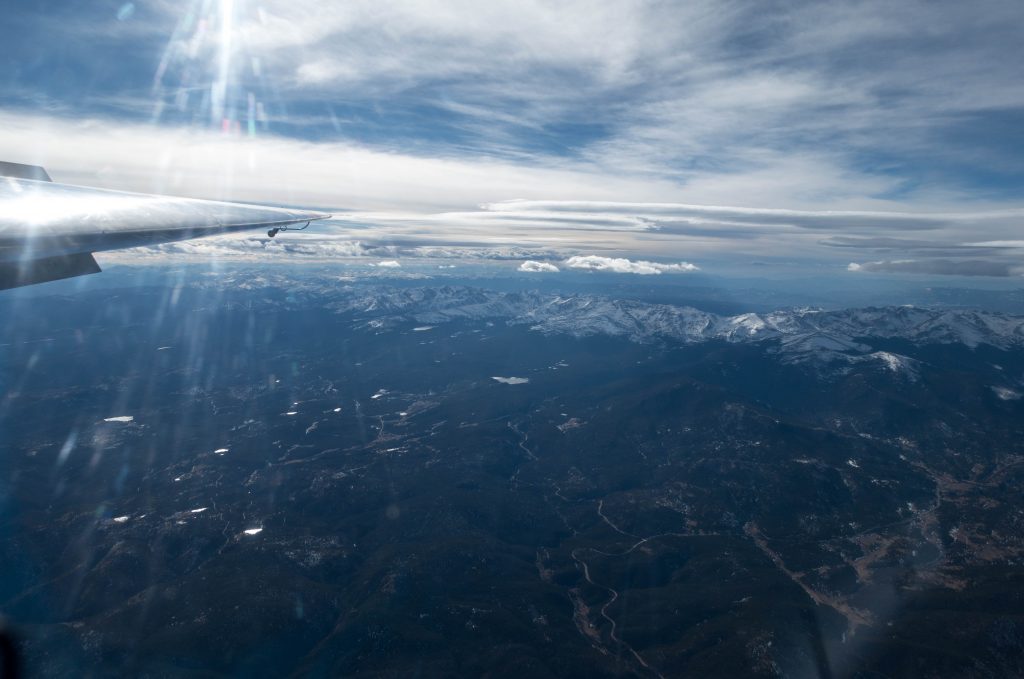
From there I worked the front side of the rotor to about 13,000 feet when I pushed into the laminar flow of the secondary wave. The wind was so strong, blowing at about 50-60 mph, all I really had to do was point the nose into the wind and rise, stationary above the ground.
The strength of the wind made it difficult to fly sideways along the wave bar. To maintain the same velocity into the westerly wind while also moving north or south, I had to speed up, which resulted in a greater sink rate. Also, I noticed that the lift was less consistent than during my flight this past Monday. Several times I returned to an area where there had been strong lift only to find myself in sink.
I was just a few miles northwest of the airport when I decided to attempt a push into the primary. I started at well above 17,000 feet knowing that I would have to fly very fast and loose a lot of altitude while penetrating through an area of heavy sink. Determined to keep the airport within reach at all times, I resolved to turn around if I would not get to the primary at an altitude of at least 12,000 feet.
I put the nose down, increased my indicated airspeed to 110 mph, and flew straight into the wind. As expected, the needle of the altimeter began to spin backwards and the surface got visibly closer. When I got down to 13,000 feet I began to wonder it it would work. Just as I prepared to turn and make a quick escape towards the airport, I entered the rotor zone behind the primary. I quickly reduced my air speed to 80mph (the maximum for rough air in this glider) and continued to push into the wind. The sink rate slowed but I wasn’t out of the woods just yet.

As before, the plane got tossed around by heavy turbulence. My legs were loose sticks again, and I couldn’t keep my feet on the rudder pedals even though I tried. A few more bangs against the instrument panel and finally: I started to climb again. At the low point I was down to 11,500 feet, a bit lower than I wanted to be, although still high enough to make it back to the airport. (I lost almost 6,000 feet during the transition into a 50-60 mph headwind. I estimate that a backward transition with the wind at my tail would have cost at most 2,000 feet in altitude, probably less. That would have put me at 9,500 feet into the rotor zone of the secondary – roughly at the same spot where I released from the tow plane and definitely within reach of the airport.)
After a short climb in the rotor I was back in laminar flow: I had made it into the primary! I climbed back up to 17,000 feet and began to explore along the wave bar flying between Longs Peak and just west-southwest of Boulder. Just as I had experienced in the secondary, the strength and location of the lift was inconsistent. Within 20 minutes, regions with strong lift turned into regions with modest sink. E.g., in an area to the west of Lee Hill I had found strong lift on my first leg to the south. On my second leg, I only found moderate sink at the same spot. I explored back and forth along a few streamlines but wasn’t able to find any lift that would carry me back up.

From there I retreated closer to the airport, all the while expecting to get into massive rotor turbulence again. However, the air stayed surprisingly smooth as I gradually drifted back towards town. Whenever I noticed some lift, I would turn into the wind and remain stationary over the ground, trying to climb. But in all cases the lift evaporated after a minute or two, and I finally decided to return to the airport to land.
Then, just as I arrived directly south of the airport, I found strong and unexpectedly smooth lift right next to the runway. I pointed the nose into the wind and, without doing anything, climbed back up from 8,000 feet to over 13,000 feet within about 13 minutes.
Observing the curls of water on the surface of the nearby lakes, I noticed the wind on the ground now also blowing straight from the west, and it appeared to be getting stronger. So after leveling off at 13,200 feet, I took advantage of the Tin Can’s terminal velocity dive breaks to begin a rapid descent to 7,500 feet. Now, just 2,200 feet above ground, the wind was still blowing at almost 50mph.

I crossed the runway at 2,000 feet above ground and flew a close pattern to Runway G26 with a very steep and fast descent against the strong headwind. Once in ground effect, calmness enveloped the plane and I touched down smoothly at a very low ground speed.
Lessons Learned
- You can get bruised while in flight. Even very tightly worn straps cannot prevent your legs and feet from flying around the cockpit and hitting the instrument panel. (It’s not as bad as it sounds, though. The fun factor was definitely greater than the pain from the small bruises. Playing soccer is definitely more hazardous for your shins.)
- Slack-line training is not for naught. It’s impossible to prevent slack-line while towing through rotor turbulence, all you can do is correct it when it happens.
- Forward wave transitions cost a lot of altitude. 6,000 feet in my case today. Always keep a safe escape route – ideally to the airport.
- Wave lift is not always stationary to the ground. During my flight on Monday it stayed reliably in place. Today, I frequently encountered situations where strong lift was replaced by moderate sink within minutes.
- Wave lift can be where you don’t expect it. The smooth climb right next to the Boulder airfield today is a good example. (I’m not sure if it was from the secondary or the tertiary.)
- Rotor turbulence can happen at very high altitudes. As I flew in the secondary today above 17,500 feet I ran into rotor turbulence that I had not expected at that height. This is a safety consideration as one might be flying well above rough-air speed at this level.
- Progress along a wave bar can get really difficult in very strong winds. Today, most of the plane’s forward motion was needed to not drift backwards. To fly along the wave bar required high air speeds corresponding to sink rates that at times consumed more than the available lift.
- More moderate wind speeds are preferable to very high wind speeds: they are better for XC flying (smaller crab angle required), and the rotor turbulence will be less severe.
